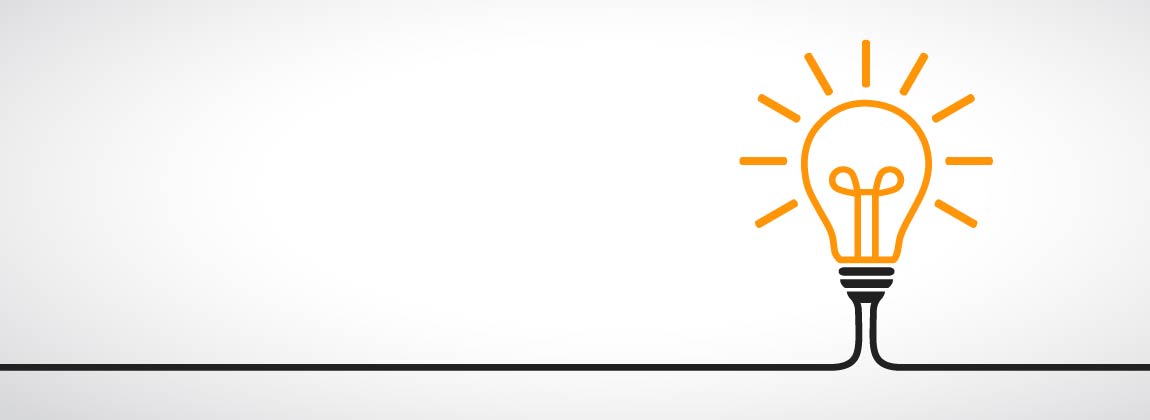Building a New Normal

When I watch movies, particularly disaster movies, I always wonder, as the credits roll, what happens next. So, there was some cataclysmic event — now what? Do things go back to the way they were? I understand there’s an inherent theme of hope in most of these films; we will rebuild, we will overcome adversity, we will persevere. However, in light of recent developments, it has forced me to reflect on the nature of the restoration that these films gravitate toward.
I think there is a conception that, maybe due to the relative brevity of the current set of circumstances, that the new normal looks like the old one. That the frame of reference on the end state of what we are building toward is reflective of the same way we interacted and inhabited the world around before this all began. There are some aspects of what we are experiencing now that make me question this from a strategy standpoint.
Technology
First, having to embrace technology for online meetings has dramatically shifted our attitudes about how we can interact with each other and stay connected. We are open to, aware of and engaging new frequencies and modes communication, teaching, learning and exchanging information that seemed to exist in the fringes or in extreme cases only a few months ago.
Productivity
Next, the psychology around how we are productive is shifting. The flexibility afforded through use of these online tools reduces or eliminates the time it takes to drive someplace for a meeting, increases the opportunity for a wide range of resources and materials to be readily accessible and allows us to immediately resume our workday following meetings and interactions with each other.
There has been a stigma around “working from home” for many years and that has been effectively eliminated by the new model of distributed offices. Conversations that used to center around making sure people are working from home when they say they are has shifted to conversations about the actual need for office space and opportunities to reduce this type of overhead. In some cases, this is a large factor in the difference between a small business being able to survive or not.
There is an opportunity for us to question what our new end state looks like throughout all of this. I have no doubt that we will come through this stronger in many ways, particularly if we learn from what we are experiencing. We will indeed rebuild and return to some sort of normal, but if we design the new normal with intention, rather than just a restoration of previous conditions, we can build a better normal. One that discards archaic or outmoded conventions and embraces all we have learned from recent experiences. Rather than becoming victims of circumstance, we can utilize our circumstances as strategic tools to rebuild with nuance and context.
The thing I enjoy most about disaster movies is the hope they inspire, and the strategic planner in me hopes that the choices they make to rebuild demonstrate that they aren’t simply recreating what was there before. They are creating a better version, something future-facing and thoughtful. It gives me hope throughout all of this that the new normal will be better than the old. We will leverage the creativity, innovation and open-mindedness that continues to get us through a turbulent time. We will persist as we work to define what the new normal looks like for all of us.
You can count on The Partnership to continue to share accurate and fact-based updates as well. See more on COVID-19 here.
Joe Benesh
Joe Benesh is the President and CEO of The Ingenuity Company, located in Des Moines. The Ingenuity Company specializes in Strategic Planning, Diagramming, Organizational Design Thinking, and Leadership/Change Facilitation. He also teaches strategic planning at the University of Iowa in the MBA Program.